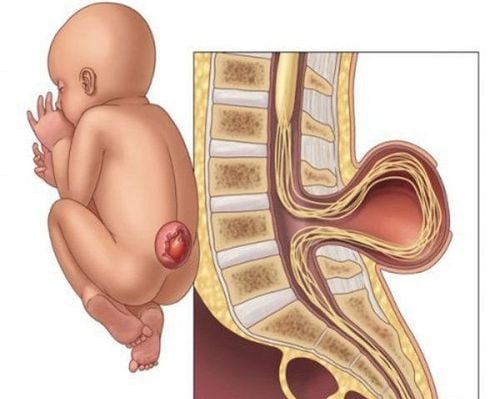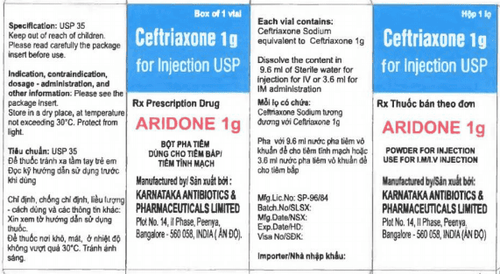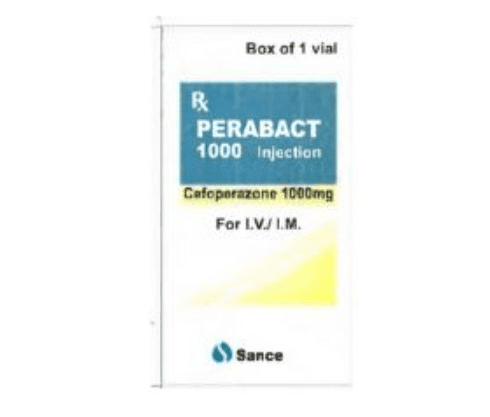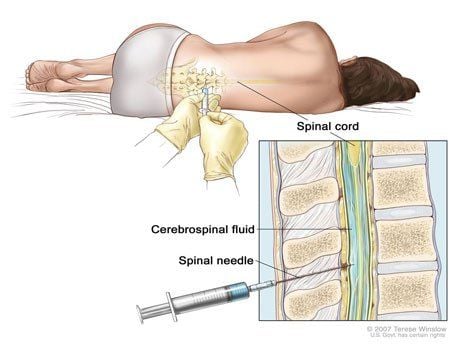This is an automatically translated article.
The article is professionally consulted by Master, Doctor Huynh An Thien - Neurologist - Department of Medical Examination & Internal Medicine - Vinmec Danang International Hospital.Meningeal syndrome occurs when the meninges are damaged by various causes. Meningococcal syndrome can have symptoms such as convulsions, vegetative disorders or coma, which can be life-threatening.
1. Structure and function of meninges and cerebrospinal fluid
The brain and spinal cord are protected by the meninges. The meninges consist of 3 layers:The dura mater: A thick fibrous membrane that adheres tightly to the inner surface of the skull and consists of 2 leaves. In the cranial cavity, these 2 leaves are fused together and separate only in places to form the venous sinuses; Spider web: A thin membrane, consisting of loose fibers and located close to the inner surface of the dura mater; The trophoblastic membrane (or soft membrane): The membrane that adheres to the brain tissue, has many blood vessels. Located between the arachnoid membrane and the choroid is the subarachnoid space - where the cerebrospinal fluid is stored. Cerebrospinal fluid is a colorless liquid with a total capacity of about 130ml. Cerebrospinal fluid has the function of protecting the brain from mechanical injuries, nourishing nerve tissue, and eliminating metabolic products of the nervous system. The meninges surround and protect the brain, spinal cord and the head of the cranial nerves. When the meninges are damaged due to causes such as subarachnoid hemorrhage, tumors, meningitis, cerebral edema - acute meningoencephalitis, ... clinically, meningococcal syndrome will be seen.
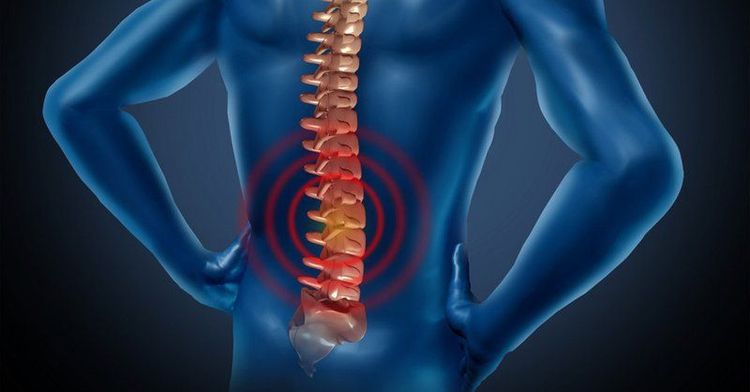
2. What is meningococcal syndrome?
Meningeal syndrome is a combination of pathological symptoms in the brain - meninges caused. Meningeal syndrome includes a number of symptoms, which are grouped into 3 groups:Meningeal irritation syndrome; Cerebrospinal fluid syndrome; Signs of brain damage. The decisive factor for the definitive diagnosis of meningococcal syndrome is the change in the cerebrospinal fluid. If the patient has meningeal irritation syndrome but the cerebrospinal fluid is normal, the condition is considered a meningeal reaction, not a pathological meningococcal syndrome.
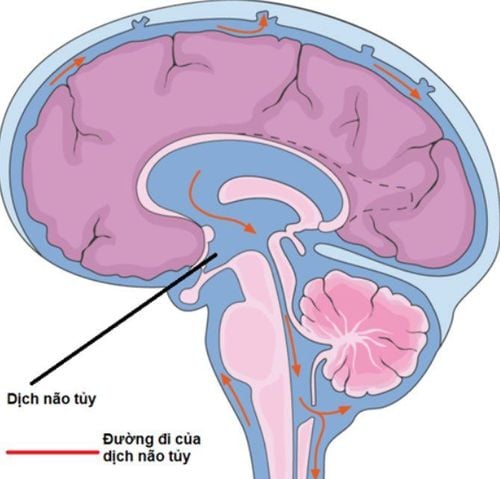
3. Symptoms of meningococcal syndrome
3.1 Systemic symptoms
Patient fatigue, dry lips, thirst, little urine and body aches; High fever, slow and irregular pulse, hot dry skin, poor appetite.3.2 General cerebral symptoms
Meningeal triadHeadache: The most common symptom. Patients with severe headache in the forehead and back of the neck, pain increases when there is sound, light or sudden movement, using painkillers is not effective but the pain will be relieved quickly if the cerebrospinal fluid is withdrawn; Vomiting: The patient is prone to vomiting, vomiting suddenly (especially when changing positions), without warning nausea. There are many cases after vomiting has relieved headache; Constipation, not accompanied by bloating, is not relieved by laxatives. If the disease occurs in children, the child may have diarrhea. Physical symptoms
Psychiatric disorders: The patient may be depressed or agitated; Disorders of consciousness: Confusion, leading to coma; Muscle spasticity: When the meninges are stimulated, it leads to increased muscle tone, muscle spasms, especially the muscles of the neck and back, but does not cause pain. On examination, the patient's characteristic posture, neck stiffness, Kernig's sign and Brudzinski's sign can be assessed to determine muscle spasticity; Circular Muscle Disorders: Constipation or urinary incontinence; Increased reflexes of the tendons and bones of the extremities due to excitability of the pyramidal bundle; Increased pain sensation in the whole body; Photophobia due to increased pain sensation when looking in the direction of light; Sympathetic nervous system disorders: Red or pale face, cold sweats; Focal brain symptoms: Generalized or partial seizures, limb paralysis, cranial nerve damage (especially in cases of purulent meningitis, tuberculous meningitis).
3.3 Changes in cerebrospinal fluid
Cerebrospinal fluid may be normal or variable according to the underlying cause; CSF color: Normally clear but can be lemon yellow, blood red or cloudy depending on the cause of the disease. Specifically, the red color is caused by meningeal hemorrhage, traumatic brain injury, blood disease, ruptured vascular malformation, hypertension, and fulminant meningitis. Yellow color due to long-term bleeding from CSF or tuberculous meningitis. Opaque color due to purulent meningitis. Transparent color can also be caused by tuberculosis, viruses, ... so it should be tested; Cerebrospinal fluid pressure increases above 20cmH2O when lumbar puncture in the lying position (normal pressure is 7 - 20cmH2O); The biochemical tests may be normal or changed in components such as Protein, NaCl, Glucose,...; Bacteriological tests: Screening or culture can detect some pathogenic bacteria in the cerebrospinal fluid; Cells: Normal or leukocytosis or neutrophil results. It is necessary to differentiate meningeal syndrome with meningeal reaction and some cases of meningeal pseudomeningeal such as myalgia, bone pain, spinal pain, arthritis, osteomyelitis, viral infection or cervical spine injury.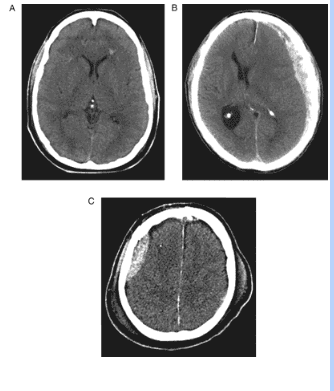
4. Causes of meningococcal syndrome
Purulent meningitis: Clinical symptoms occur suddenly, acutely with high fever, infection, intoxication and aggressive meningeal signs. Cerebrospinal fluid is cloudy like rice water, biochemical tests will show a decrease in glucose and salt, and degenerate polymorphonuclear leukocytes are found. When cultured cerebrospinal fluid will detect bacteria causing pus; Viral meningitis: Severe acute meningoencephalitis, CSF is clear, albumin is increased, glucose and salt are normal, lymphocytes are increased; Tuberculous meningitis: The patient has weight loss, loss of appetite, fatigue, low fever in the afternoon; cerebrospinal fluid is clear or lemon yellow, the test shows an increase in protein, a decrease in glucose and salt; cytology mainly for lymphocytosis and culture may find tuberculosis bacteria; Subarachnoid hemorrhage (meningeal bleeding): manifests as severe headache, may be accompanied by disturbances of consciousness, clear meningeal signs. When a lumbar puncture was performed, there was non-coagulated blood. A CT scan of the brain shows blood in the subarachnoid space. In young people, meningeal hemorrhage is often due to vascular malformation and this case requires cerebral angiography to confirm the diagnosis. Meningococcal syndrome is a potentially life-threatening condition. Therefore, when there are manifestations of meningococcal syndrome, patients need to be examined and diagnosed to determine the cause for timely treatment.Please dial HOTLINE for more information or register for an appointment HERE. Download MyVinmec app to make appointments faster and to manage your bookings easily.






